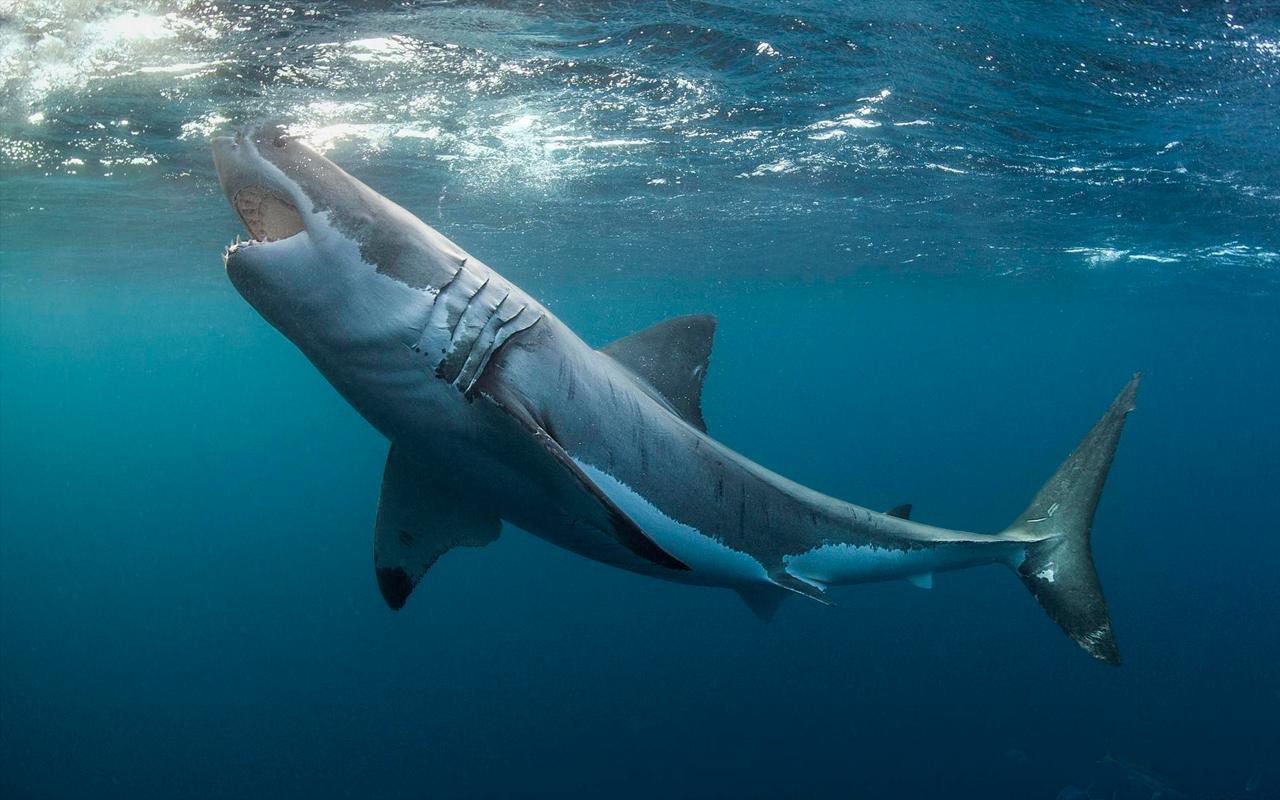Never-before-seen prehistoric species emerged from limestone rocks, preserved in a condition rarely found in ancient fossils.
Beneath the hills of Kentucky, in the dark tunnels of Mammoth Cave National Park, a group of scientists has just stumbled upon something that was buried even before the dinosaurs appeared.
Two previously unknown species of prehistoric sharks have emerged from limestone rocks, preserved in a condition rarely found in such ancient fossils.

They are not related to modern sharks and do not bear much resemblance to them. They belong to the extinct group of ctenacanthids — creatures with comb-like spines that dominated tropical seas when North America was submerged in warm, shallow water, according to the Daily Galaxy.
Shark ancestors discovered in Kentucky
The discovery is part of a palaeontological inventory that the National Park Service is conducting in more than 270 US parks to catalogue what remains buried in their territories.
They were named Troglocladodus trimblei and Glikmanius careforum. The first reached a length of about 3.5 metres and had forked teeth, ideal for hunting soft-bodied prey or for quick ambushes.

The second was more aggressive, with jaws capable of crushing bones and breaking the hard shells of orthocones — squid-like molluscs that no longer exist.
Vincent Santucci, senior palaeontologist with the National Park Service, explained that these fossils challenge established ideas about early shark evolution and provide insight into how marine ecosystems functioned millions of years before the first dinosaurs appeared.
Mammoth Cave, the largest cave system on the planet with more than 676 kilometres of tunnels, served as a natural time capsule. Its stable, low-oxygen environment preserved ribs, vertebrae and even the smallest details of structures.
About 325 million years ago, during the Mississippian subperiod of the Carboniferous period, Kentucky was not land, but part of a tropical archipelago. Shallow seas connected the territories of modern North America, Europe and North Africa, forming an ecosystem teeming with sharks, molluscs and primitive coral reefs.

As tectonic plates shifted and Pangaea formed, these marine habitats gradually disappeared. Now, only isolated geological formations in northern Alabama and central Kentucky remain, preserving the last traces of these vanished seas.
A previous discovery in the same region, described in the Journal of Paleontology, included a 330-million-year-old shark the size of a modern great white shark. Together with the new species, these findings confirm that the area plays a key role in understanding the origins of sharks that died out without descendants.





